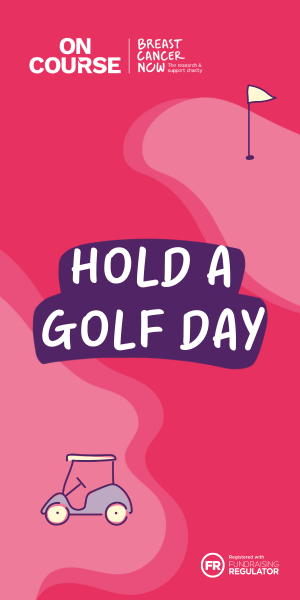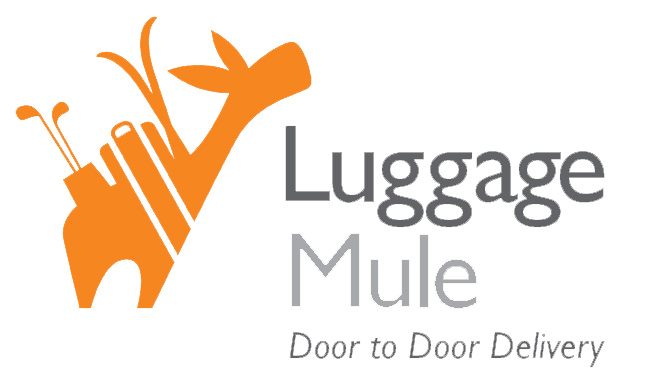A new report has shown that golf participation is on the rise in Europe, with over 10 million golfers now hitting the fairways. But what’s next?
The second edition of the European Golf Participation Report paints a promising picture of the state of golf in Europe. The report, published by The R&A and the European Golf Association (EGA) using research conducted by Sports Marketing Surveys, shows that there are over 10.6 million golfers in Europe – a huge increase from the 7.9 million reported in 2016.
The report revealed that across Europe, there are more independent golfers (59%) compared to golfers registered as a club member (41%), giving us a new glimpse in to the way that golf is being played.
The research also shows that 73% of national federations in Europe recorded growth in registered golfers from 2019 to 2021, with the total of registered golfers rising from 4.13 million to 4.32 million – a growth of 4.6%.
Phil Anderton, Chief Development Officer at The R&A, said, “An overall rise in golf participation is always encouraging and with over 10.6 million golfers now enjoying the sport on full-length courses across Europe, it is clear to see that a wide range of initiatives are having a positive impact and that golfers are enjoying the healthy benefits the sport provides.”
Other key findings include:
- England (up by 63,500) and Sweden (up by 54,589) saw the greatest growth in registered golfers
- Iceland (17.7%), Scotland (10.9%), England (8%) and Ireland (7.8%) have the highest proportion of total golfers compared to their populations
- Women golfers across Europe increased by 13,000 to just over 1 million
- Germany (221,865), Sweden (129,949) and the Netherlands (125,537) are the top three markets for the number of registered women golfers
- Junior golfers across Europe increased by over 43,000 to more than 350,000
- Sweden (61,839), England (45,304) and Germany (41,212) are the top three markets for the number of registered junior golfers
What’s caused the boost in participation?
It would be impossible to pinpoint exactly what’s caused the boost in participation across Europe, but there are a few things that have undoubtedly helped.
- Golf is a sport that we’ve been able to continue – safely – during the pandemic. Not only has it been a huge boost to our mental and physical health, it got us all out the house when we were in lockdown.
- There’s a lot less competition for people’s time right now – and not always in a negative way. Working from home might have saved us from the commute, but in general, we’ve all had a chance to reprioritise how we want to spend our time.
- Through things like the Women’s Golf Charter and other initiatives from governing bodies, golf is becoming more inclusive and more accessible (slowly but surely).
- So much has changed for golf, and so much of it has been for the better. Faster formats, fewer rules, more flexible ways to play; in the last two years, we have – quite literally – rewritten the rule book.
What’s next?
Speaking about the report, Michael Thannhäuser, General Secretary of the EGA, commented: “Although the report is very positive, there is no room for complacency when it comes to developing the sport and securing its future.”
It’s clear that as an industry, we need to keep moving forward. We need to look at the long game.
So, how do we keep driving participation?
The R&A is now encouraging national federations to embrace independent golfers and bring them into the sport. Building a relationship with independent golfers has provided opportunities to increase club membership numbers. England Golf’s successful iGolf platform – an online subscription that provides non-club members with an official WHS handicap index – is proof that people want more flexible membership options.
And it goes without saying that we need to keep investing time, energy and resources into increasing the number of women and juniors in golf. According to the report, that’s remained largely stable over the last two years, proving the opportunity for growth in these markets.
I think we have two real opportunities to do this: through time and perception.
Golf takes a long time, and we know that puts people off. The sooner we can introduce shorter, quicker formats the better. We also need to get out of this mindset that unless you’ve played 18 holes, you haven’t really played ‘proper’ golf.
And perception. With more eyes than we’ve ever had on the game, we have a huge opportunity to completely change perceptions of the game; smash through misconceptions and make the game genuinely inclusive and accessible.
What do you think? Share your opinions with us by emailing [email protected].















